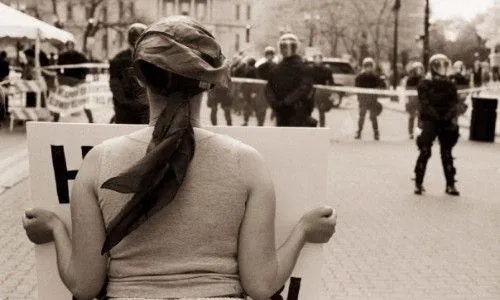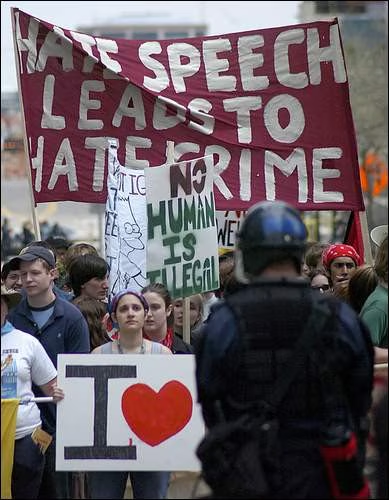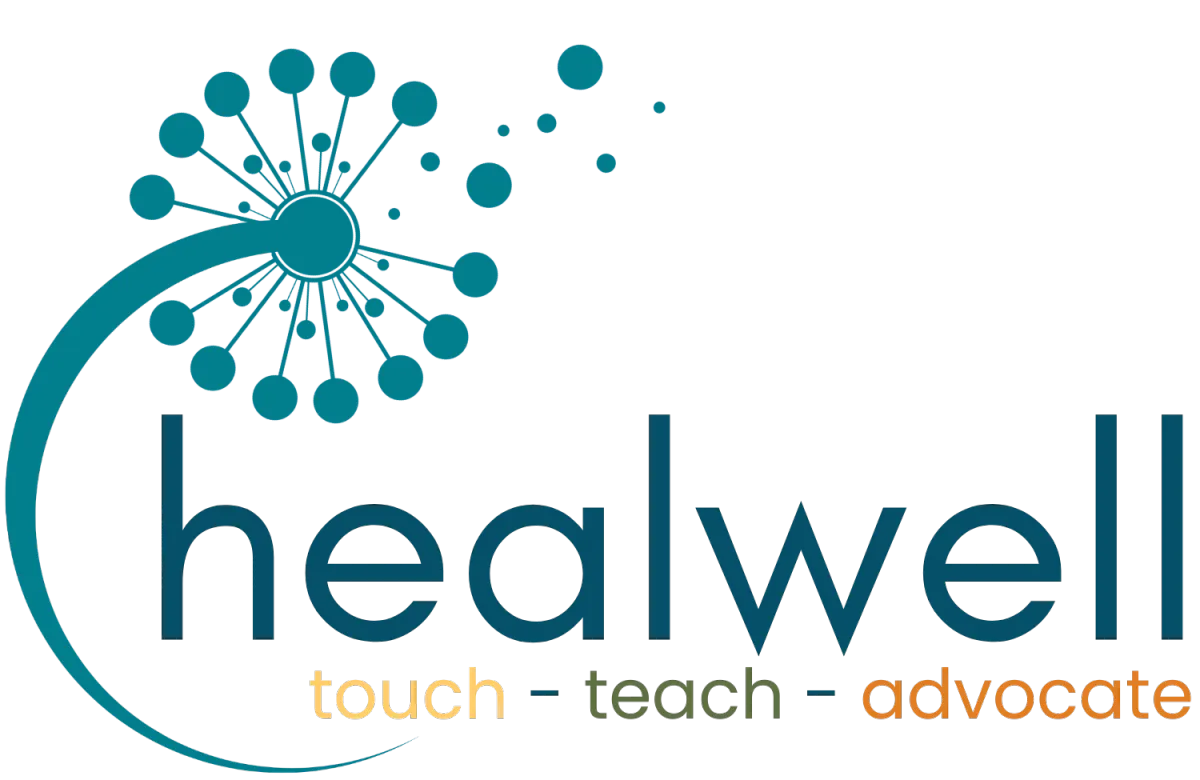Our Blog

More Than One Way
I cannot imagine participating in a protest. The sheer number of people and the unchecked, swirling hurricane of emotions from all sides are features of my personal circle of hell. When I was a freshman in college, there was a Neo-Nazi demonstration on the steps of the Michigan capitol building. I made myself a double sided sign with my best flower-child statements: “I ❤️” and “Hate is never the answer.” I walked downtown, and stood for a time in a mob of screaming students but it felt like their aggression wasn’t my response – it was theirs and I simply happened to be among them. So I walked away from that mass of people, and stood by myself in the no-man’s land between the students and the SWAT team.

By then my freeze instincts had kicked in, and standing still was the only option I could muster.
I was in my first year of a vocal performance degree, and singing was still an effective self-soothing technique, so I sang to myself. A reporter walked up with a mic to record me. I think I was singing the national anthem because it was the first thing that came into my head, and I was trying to remind myself that this wasn’t really America (spoiler alert: it’s totally America). I ended up on the front page of the newspaper: a 5’2’’ 19-year old with a sign and a sad face.
After the neo-Nazis had departed, I led a group of students who washed the steps where they had been. It was my idea, and when a Jewish friend of mine said they felt offended and thought the gesture was horrible because the Nazis used to force Jews to scrub steps at all hours in the morning. I was so startled that for a disorienting second I literally felt like I was beside myself. I had simply wanted them and their vestigial residue out of my city.
For fifteen years I’ve wondered if I did the right thing. Questions swirled inside me.
Was pulling attention away from the angry pile of students fair cricket? Should I have thought up a different way to expunge the neo-Nazi presence? Did my actions stifle the messaging those students were willingly arrested for? What is the right way to protest? What is the right way for me to protest?
In her book The Person You Mean to Be, Professor Dolly Chugh describes attending a Black Lives Matter die-in demonstration at a toy store in an attempt to speak up about Tamir Rice’s murder. She describes being both distracted by her surroundings and feeling out of place:
“So there I was, no longer silent. As I lay there, I also realized that this was not my voice.”
Professor Chugh introduces the idea of fighting with Heat vs fighting with Light. The language of Heat is emotional, while Light is factual. Heat focuses on making people uncomfortable and forcing recognition of problems and injustices. Light “meets people where they are” and provides encouragement. It's important for a movement to use both: too much Heat and you risk backlash, too much Light and you only have ideas.
At a recent book club meeting several members (including me) expressed relief at the idea of Light because we felt it let us off the hook. I don’t have to stand in crowds? I can stay home and write things? I don’t have to call out people’s idiocy to their face? The indomitable Cal Cates laughed out loud at this idea. “I think it's funny you think if you write or if you don’t stand up in a room and shout you’re only fighting with Light.” My ego promptly perked up. Do I fight with Heat?
Does it matter?
There is more than one way to fight. More than one way to change the future. There has to be. We all live different lives, with different resources, challenges, abilities and beliefs. The systemic issues we face require counter-attacks just as far reaching and all encompassing as the problem. All levels of our lives are affected: physical, mental, social, health, finance, environment, work, school, home, family, friends, enemies, and total strangers. Your ratio of Heat to Light will probably change based on the situation you find yourself in, and nothing says you can’t learn new tricks. People stare into a fire because it’s beautiful. They come closer for the heat. It takes all kinds.
Connect With Us:

Contact Us:
4201 Wilson Blvd. #110-341
Arlington, VA 22203
